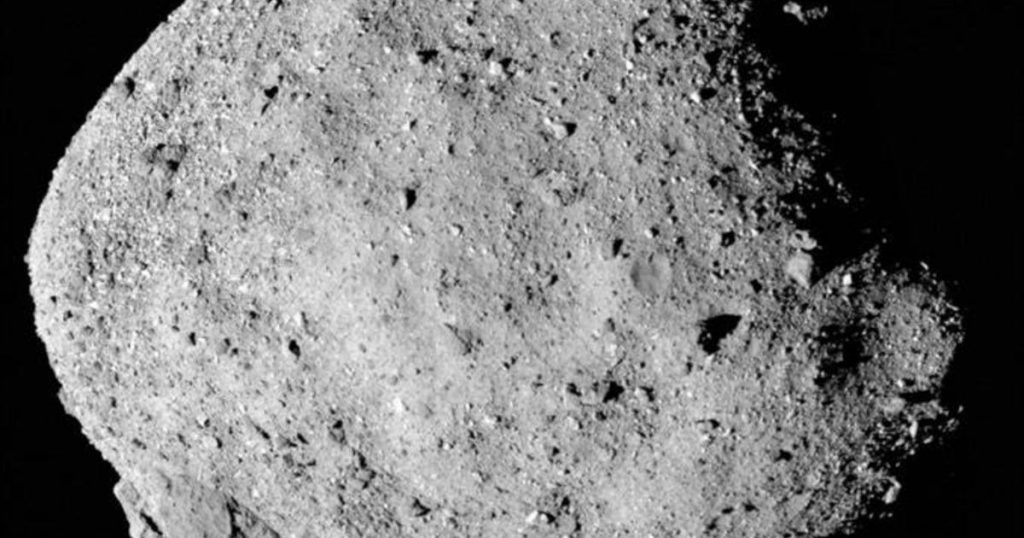Washington: NASA’s OSIRIS-REx spacecraft has completed its last flyover of Bennu and is now slowly drifting away from the asteroid, the US space agency has said.
The flyover was completed at around 6 a.m. EDT Wednesday, but the mission team will have to wait a few more days to find out how the spacecraft changed the surface of Bennu when it grabbed a sample of the asteroid, NASA said.
The OSIRIS-REx team added this flyby to document surface changes resulting from the Touch and Go (TAG) sample collection maneuver October 20.
“By surveying the distribution of the excavated material around the TAG site, we will learn more about the nature of the surface and subsurface materials along with the mechanical properties of the asteroid,” Dante Lauretta, principal investigator for OSIRIS-REx at the University of Arizona, said in a statement.
During the flyby, OSIRIS-REx imaged Bennu for 5.9 hours, covering more than a full rotation of the asteroid.
It flew within 3.5 kilometres distance to the surface of Bennu — the closest it has been since the TAG sample collection event.
It will take until at least April 13 for OSIRIS-REx to downlink all of the data and new pictures of Bennu’s surface recorded during the flyby.
“We collected about 4,000 megabytes of data during the flyby,” said Mike Moreau, Deputy Project Manager of OSIRIS-REx at NASA’s Goddard Space Flight Center in Greenbelt, Maryland.
“Bennu is approximately 185 million miles from Earth right now, which means we can only achieve a downlink data-rate of 412 kilobits per second, so it will take several days to download all of the flyby data.”
Once the mission team receives the images and other instrument data, they will study how OSIRIS-REx jumbled up Bennu’s surface.
OSIRIS-REx will remain in the vicinity of Bennu until May 10 when it will fire its thrusters and begin its two-year cruise home.
The mission will deliver the asteroid sample to Earth September 24, 2023, NASA said.
